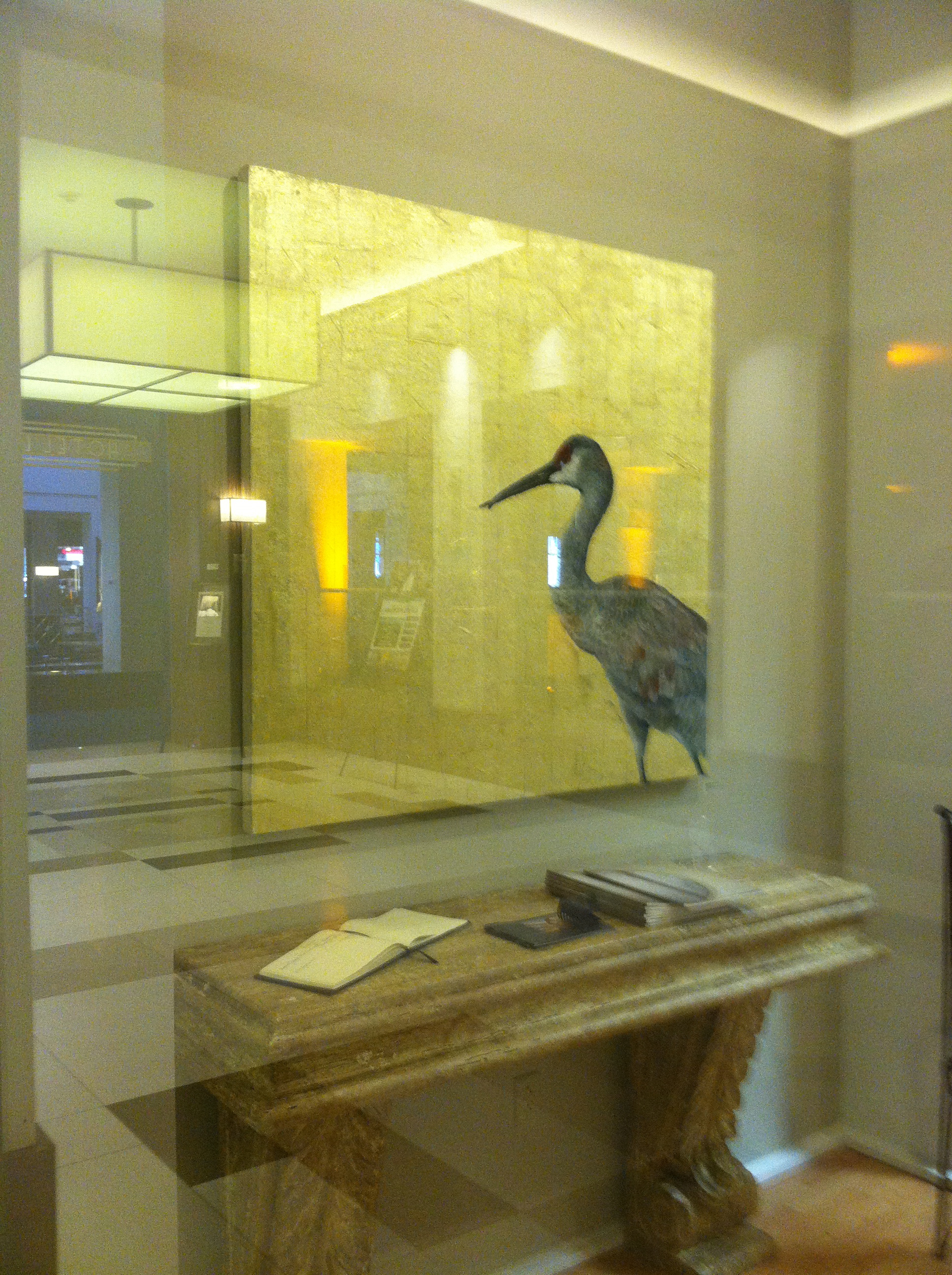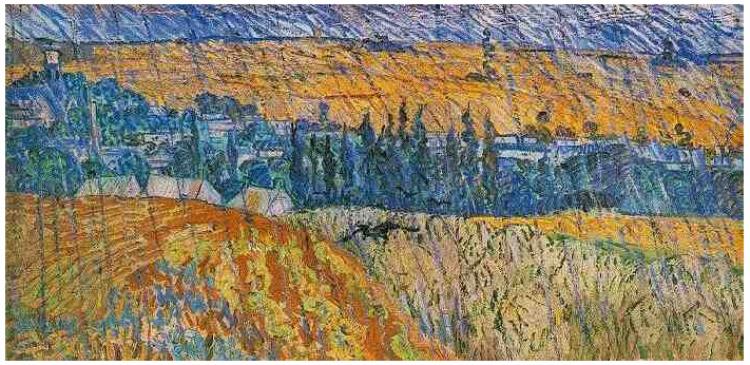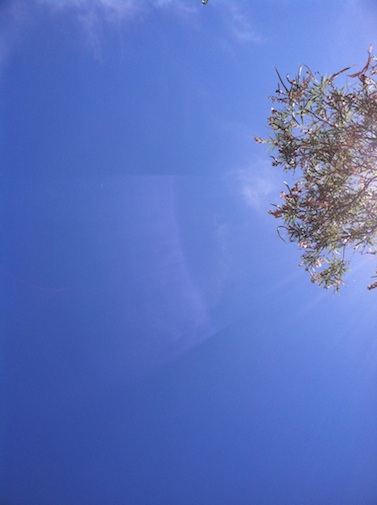Ecology and the Eco-self
 Tuesday, May 10, 2016 at 12:08PM
Tuesday, May 10, 2016 at 12:08PM Environmental activist and Buddhist scholar, Johanna Macy wrote in 1991, "Among those who are shedding ... old constructs of self, like old skin or a confining shell, is john Seed, director of the Rainforest Information Center in Australia. One day we were walking through the rainforest in New South Wales, where he has his office, and I asked him, 'You talk about the struggle against the lumbering interests and politicians to save the remaining rainforest in Australia. How do you deal with the despair?'
He replied, “I try to remember that it's not me, john Seed, trying to protect the rainforest. Rather, I am part of the rainforest protecting itself. I am that part of the rainforest recently emerged into human thinking." "
I find these words to be so helpful in my own quest to be part of the solution; a profound example of thinking in alignment with the web of life. If we see ourselves as part of the forest, river, landscape, ocean -protecting ourselves from self-destruction- then of course, we will have a much better chance of making compassionate actions. And to take this one step farther, in the same piece, Macy quotes from a letter by a student she calls Michael:
I think of the tree-huggers hugging my trunk, blocking the chain saws with their bodies. I feel their fingers digging into my bark to stop the steel and let me breathe. I hear the bodhisattvas in their rubber boats as they put themselves between the harpoons and me, so I can escape to the depths of the sea. I give thanks for your life and mine, and for life itself. I give thanks for realizing that I too have the powers of the tree-huggers and the bodhisattvas.
Macy is writing about the emergence of the eco-self, a heart- open shift from an egocentric separatist perspective. When I consider my life as intrinsically loving and connected to all that is, then I realize the idea of other is merely a construct. If there is ever to be a truly healing consciousness on earth, a recognition of this premise, that we are part of the whole not unrelated from other but one witnessing experience, seems fundamental.
One of my daily practices is to work with Rune stones every morning to help me feel more
connected to the great web of life. The use of rune stones for divination is old, at least from the 3rd century. Each of the 25 stones -Germanic alphabetic letter forms and their sounds- name elements of nature like water and plants as well as abstract constructs like peace and fulfillment. By speaking them in succession, repeating these archtypal sounds, I create a container of support for my day. Over time the experience of working with these sounds, their forms and meanings has helped me to resonate with a deeper sense of connection to myself as part of something greater.
In his book The Spell of the Sensuous, David Abram theorizes that over the centuries our alphabets lost their original connection to nature -referential letter shapes and sounds. We became less connected to nature, less of our experience in life evolved with nature through our written words. Add to that the industrialization of civilization, over-population and a well shaken cocktail of greed, war, fracking and monocultures. Over time we have forgotten that hidden wisdom which is the etymology of the runes. If we practice something to remind us of that union now, perhaps we can like john Seed become a part of a more empathetic world-view protecting itself. Maybe for all the complexity in the world, all the environmental destruction, war and confusion, healing can be as simple as the insight to reconnect ourselves consciously to the greater web of life.




